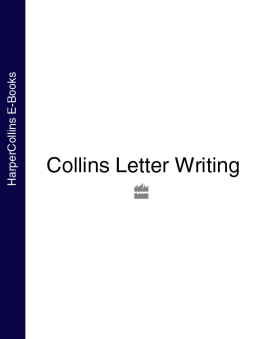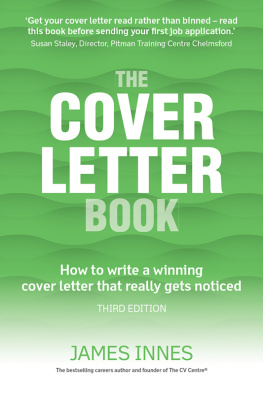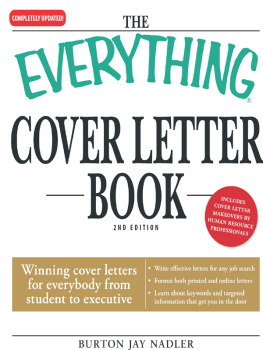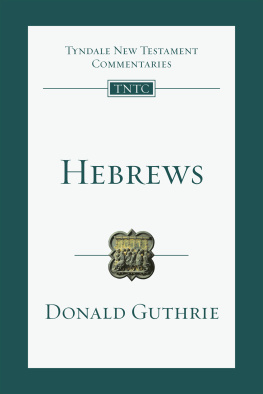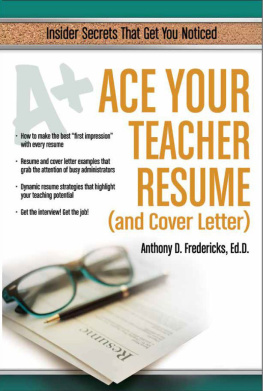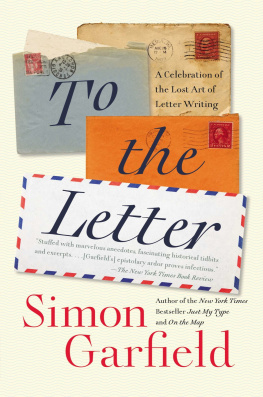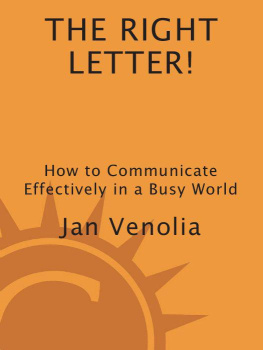T he cover letter is the beginning of everything. Whether you are applying for a job, looking for career information, or inquiring about a position, the cover letter is the first thing the recruiter or employer will see it is your sales pitch.
This letter needs to generate enthusiasm and catch the reader's interest enough to motivate him/her to action: calling you in for an interview.
Cover letters are not limited to the job hunting world. They are utilized to propose products, services, and new ventures. As part of the Career Essential Series, this book focuses on cover letters for those people hunting a new job.
However, the principles of writing a dynamite cover letter are the same, and once learned, can be applied to any field.
Regardless of what you are trying to sell, which in the job hunting arena is yourself, you have to approach the letter with a marketing perspective. Key features need to be identified, such as your skills, abilities, and accomplishments. Then, you can understand how to communicate them to the reader.
Too often, the cover letter is ignored by job seekers.
Don't.
It is just as important as your rsum and the differences between the two are huge. They are two separate documents with different strategies.
Consider the rsum as a master document that can be reused time and time again. You will need to update and focus it depending on the industry and type of position you are applying for and you could have several variations, but it is a single document that gives a broad overview of your career.
The cover letter is unique to every person you are contacting and every job you are applying for. That means every letter must be customized to the situation and the recipient.
Don't forgo the value of a cover letter. It takes a little effort, but the end result is a professional application that can make the difference in getting that all-important interview.
In this book, the information is broken down into two parts. Part one is all about the cover letter, the types, the basics, and the essential components. In part two, each type of cover letter is discussed then followed by examples so that you can see the layout and the tone of each letter. There are several form letters that demonstrate how to fill in the blanks to create your own letter.
You should never copy a letter directly as you run the risk of making your letter sound like the millions of others out there. You want to stand out and be distinct from the other applications. The letter needs to show your personality, not someone else's.
It takes a little while to understand how to create these letters, and once you do, you'll find the process becomes easier with every one you write.
We're in a tough economy and it's important to do everything you can to find the perfect job. That means creating a powerful rsum to showcase your talents and to write a dynamic cover letter promoting you as the 'right' person for the position.
Employers are struggling with an overload of applications for every position posted. They are looking for ways to sort through the piles and often, rsums that arrive without a cover letter will be the first to go. Don't be one of those. Learn how to make yours rise to the top.
Make it easy for the employer to see YOU as the answer to his problem.
How?
Let me show you. Grab a pen and pad of paper and let's get started!
F irstly, let's address the issue of exactly what a cover letter is by definition.
Simply put, a cover letter is a document that is sent along with your rsum to provide extra information on relevant skills and experience as they apply to the job in question.
The actual writing of a cover letter can be the most difficult process in your job search. Most people assume that everything is easier after writing the rsum, which does take a lot of effort, but consider: once the rsum is written, it's good for several job applications. If the jobs are different from each other then, the rsum needs to be customized for each job but, that is often a minor adjustment.
One generic cover letter is not appropriate for all situations. A new cover letter must be written individually for each job application. This is because you are always creating a cover letter for a specific situation, whether that is a job ad, a general letter of inquiry, or reaching out to a contact regarding a position. The situation dictates the information you need to include in your cover letter.
You need to customize or focus the letter to the appropriate area. If you are a customer service representative from a technical field, but are looking for a customer service position in a different industry, then you need to focus on your customer service skills, with the actual industry that you worked in being less important. The reverse is also true.
Each person's situation is different and each job will require individual treatment.
This is the only way to serve up the most impact and generate the greatest response.
A cover letter is meant to be a complement to your rsum. It should add relevant information, not repeat what you have already said in your rsum. You need to communicate the same information differently. If you copy the same wording, the recruiter will not appreciate you wasting their time. A cover letter should address as many of the points in the job posting as possible. Read the ads carefully as the employers often request information that needs to be included with your application. If you don't include what they require, your application is often tossed. Salary history or salary requirements are good examples of employer requests.
Your cover letter is one of the most important pieces of your job application. Its often overlooked as unimportant and sometimes disregarded entirely. Dont miss this opportunity to introduce yourself properly to your next potential employer. You wouldnt go into an interview without a proper greeting and nor should you send a rsum without a cover letter.
Your cover letter is the first time the hiring manager is going to see your name for a specific job position. It is the first sample of your writing ability, attention to detail, and communication style. Make sure your introduction is everything you wish it could be.
Your cover letter needs to:
- Introduce yourself you can be formal or informal but treat this as the first meet and greet moment.
- Make that all-important good first impression it warms up your reception for when you do get to meet the employer.
- Emphasize why you want to work for that particular company, showing that you have done your research.
- Demonstrate how your skills and experience make you a good fit the right person for the job through matching your skills and experience to the job.



